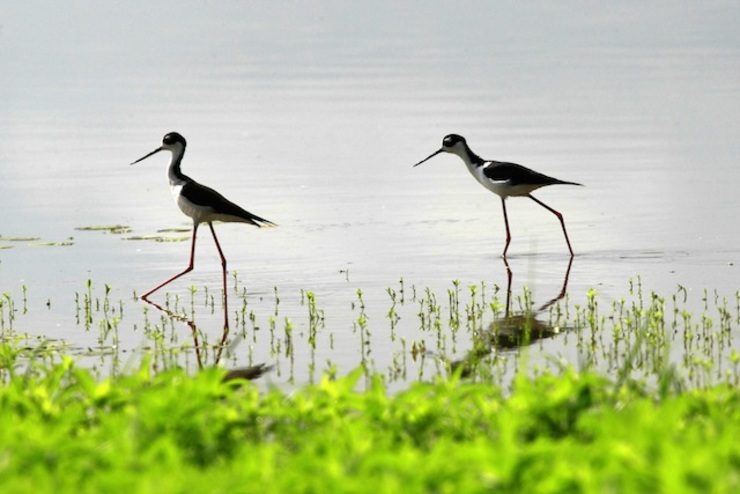SUMMARY
This is AI generated summarization, which may have errors. For context, always refer to the full article.

SYDNEY, Australia – Vast areas of land and sea have become environmental sanctuaries in recent years but the world is not funding them adequately, the United Nations warned Thursday, November 13.
The United Nations Environment Programme (UNEP) said that countries were on track to meet targets to protect 17% of land and 10% of marine areas by 2020.
With more than a million square kilometers (386,000 square miles) made protected zones in the past two years, “the physical coverage aspect of the target is likely to be met,” it said in a report.
But more needed to be done to ensure “protected areas are appropriately located in areas important for biodiversity and ecosystem services, are effectively and equitably managed and are well-connected”.
The warning comes as thousands of delegates attend this week’s World Parks Congress in Sydney to lay out a global agenda for protected areas over the next 10 years.
The UNEP, citing a 2012 estimate, said US$76.1 billion was needed each year to effectively establish and manage the world’s protected areas.
UNEP Executive Director Achim Steiner said taking care of sanctuaries was critical to tackling climate change and supporting biodiversity.
“This report shows that the will to do so is present,” Steiner said in a statement.
The UN agency estimates that 15.4% of land and inland water areas and 3.4% of the world’s oceans – a total of 32.6 million square kilometers – are now protected areas, an increase of 1.6 million square kilometers since 2012.
Some of the world’s largest sanctuaries on land include Northeast Greenland National Park in Greenland and Rub’al-Khali in Saudi Arabia.
But the report warned that only 0.25% of the high seas – open ocean outside territorial waters – was currently included, “highlighting the urgent need to overcome challenges in establishing such areas where national governance systems do not exist”.
A further 2.2 million square kilometers of ocean within national jurisdictions and 21.5 million square kilometers of the high seas need to be protected to meet the 2020 goals, which were outlined at the Convention on Biological Diversity’s last meeting in Japan in 2010.
The International Union for Conservation of Nature (IUCN), organizers of the World Parks Congress, said it was “committed to making sure our promises are not empty”.
The forum is being held in Sydney from 12-19 November, and involves up to 5,000 scientists, politicians, activists and business leaders from more than 160 nations.
“What we need to see behind those figures are protected areas that are well and equitably managed, healthy, strong and able to deliver the full range of benefits that are essential for the survival of biodiversity and the well-being of people around the world,” IUCN’s Director-General Julia Marton-Lefevre said. – Rappler.com
Add a comment
How does this make you feel?
There are no comments yet. Add your comment to start the conversation.